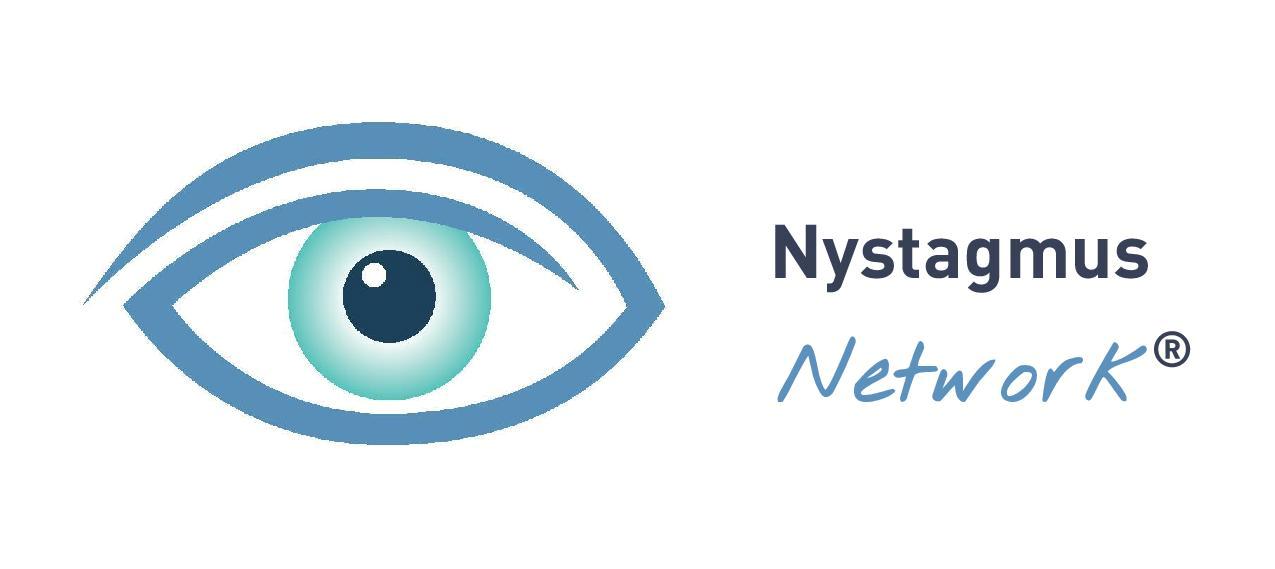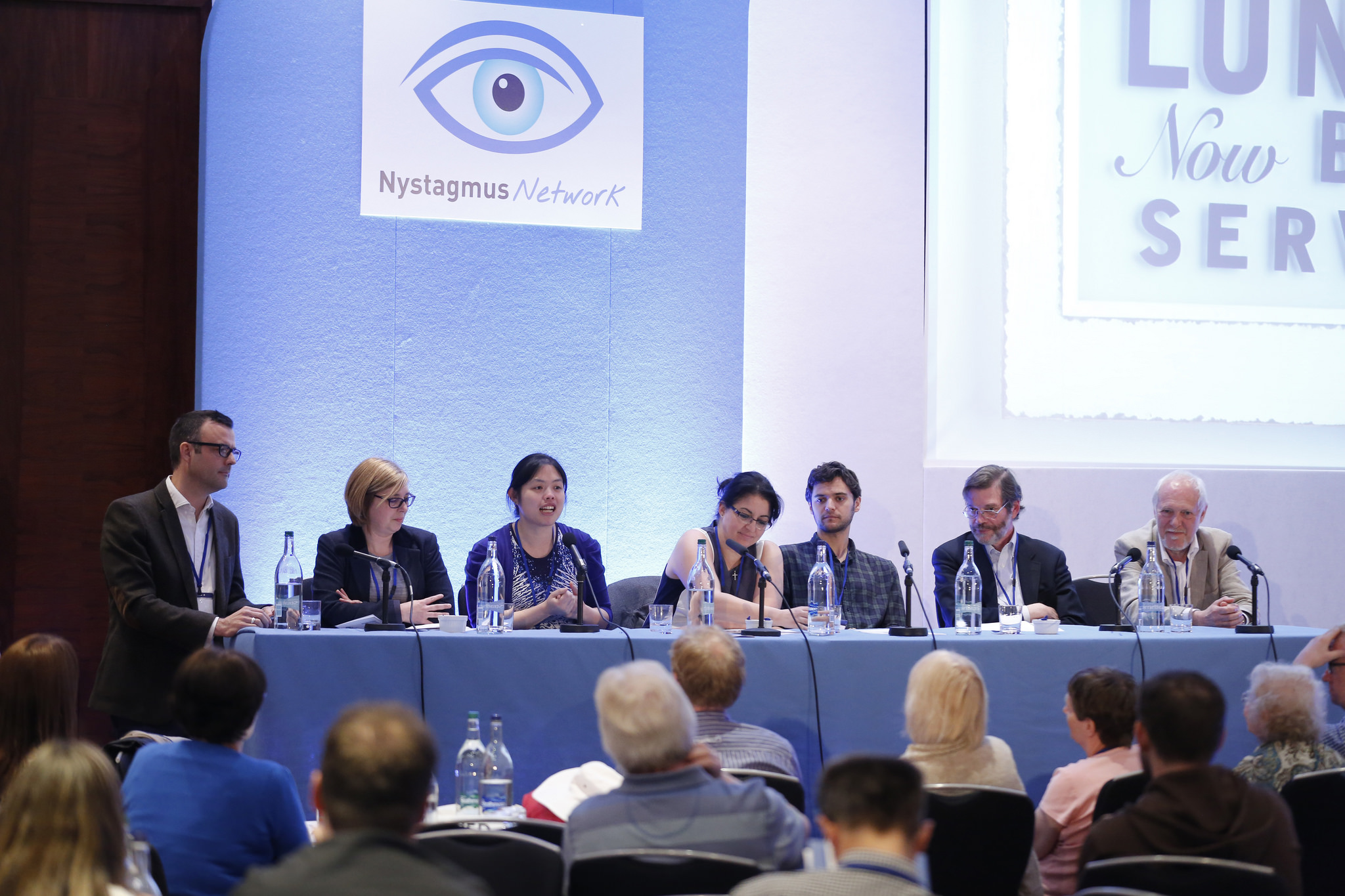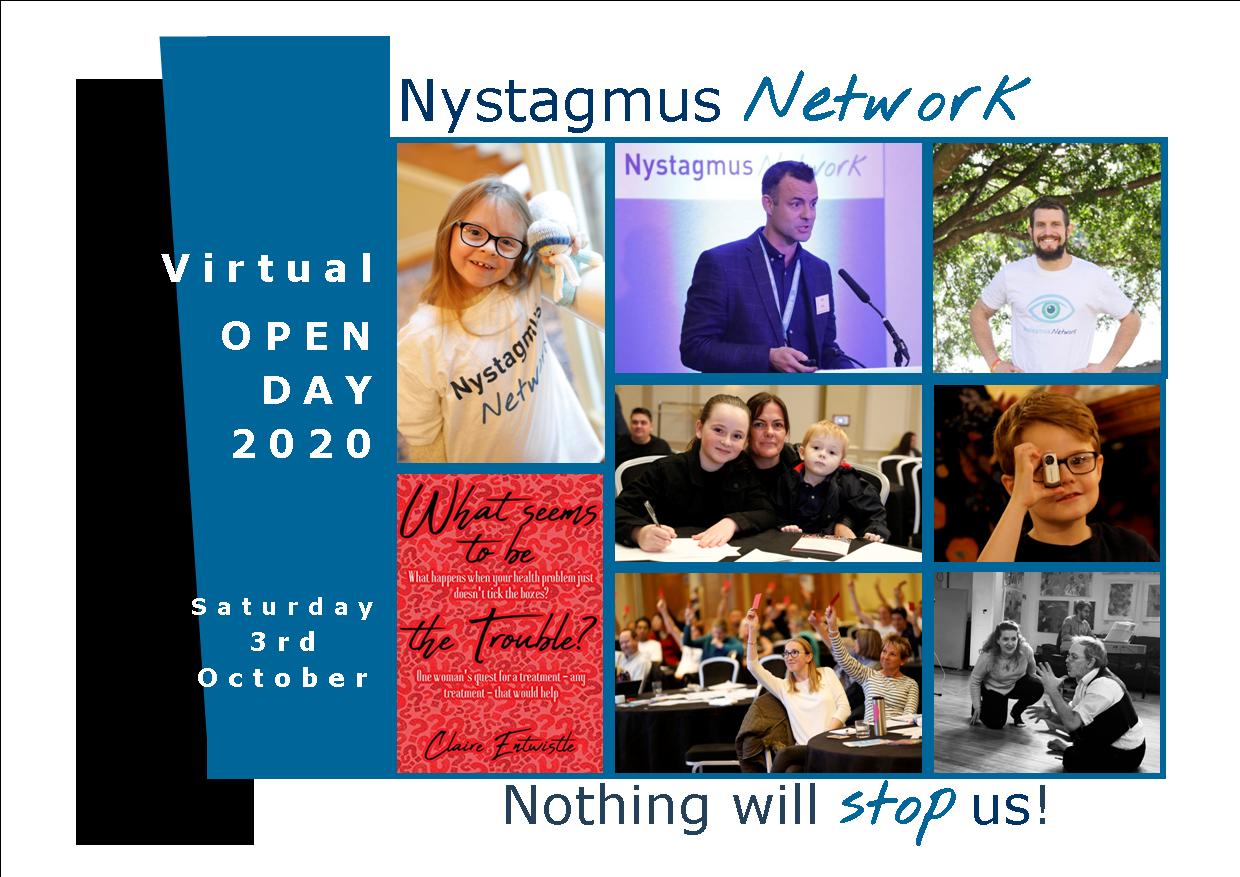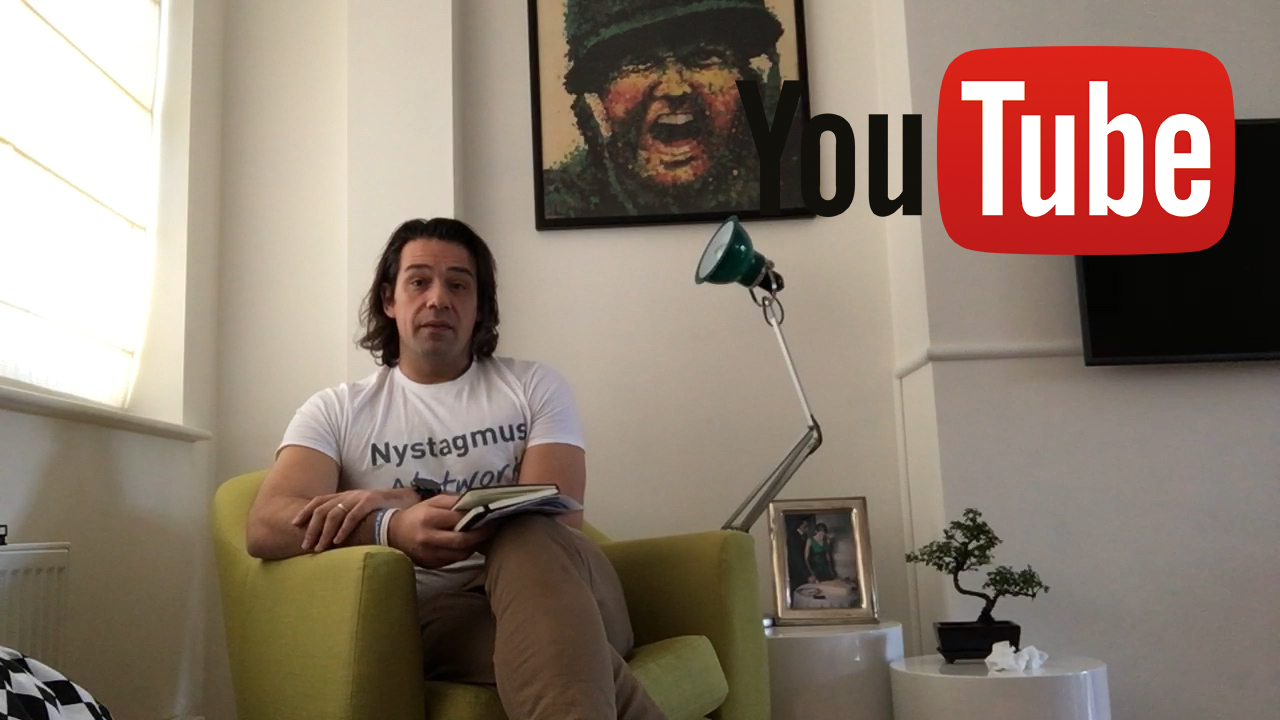One of the main goals at the Nystagmus Network is to encourage research with a view to finding treatments, a cure and to improve the everyday lives of those with nystagmus. In order to meet this goal, the charity has created a Research Strategy which will enable the Nystagmus Network to plan its involvement with the research community.
With a clear strategy, the charity will be able to identify a subject(s) which it wishes to focus on within a defined lifetime cycle. This consolidated approach has the potential to lead to quicker gains and developments in the chosen subject rather than adopting a broader funding approach.
As part of the Nystagmus Network’s research goal is based on improving the everyday lives of those with nystagmus, it has led the charity’s research committee identifying “Quality of Life” as a subject it wishes to focus on over the next three years (2017-19).
By adopting a more specific funding approach the charity will be able to see clear progress in the work it funds. It is expected that within a defined time period the charity would see developments which has or could lead to change in the research subject selected. This would meet the charity’s overall goal of driving forward the research into nystagmus in each research cycle.
The Nystagmus Network Research Strategy will be set for a three-year cycle where all the research funded relates to one specific subject. Once the three-year cycle is over the charity will change its focus to another research subject as agreed by the Nystagmus Network research committee.
As part of the Research Strategy the charity will have a pre-defined set of deliverables which is expected from all its research projects. This would start with how the charity expects its funding applications to be completed to how quickly it expects any results to be submitted for publication. Some examples of these would be:
- Reporting – every three months during the life cycle of a project
- Publication – within 12 months of the completion of a project
- Open Day – researchers must attend and present their work at the Nystagmus Network Open Day (through a poster session)
Although the Research Strategy is set for a three-year period, the charity will review it on an annual basis annually to ensure it continues to meet the charity’s overall research aim.
Funding plan
To have a three-year funding plan it is important to identify how often the charity plans to fund projects during this period. The charity wants to ensure that it funds enough projects which will have a dramatic impact on the nystagmus community without over saturating the research into the chosen research subject.
The research strategy will be based on a two-pronged approach in terms of funding. The first approach will be through a small grants scheme where the charity will provide funding for a maximum of three small research projects based on the charity’s research subject per year. These projects would be small in their scale and cost to the Nystagmus Network and there will be deadlines of final reports due within 3 months of their completion. As part of the grant agreement, all researchers would be required to attend and present their work at the Open Day. Funding for these projects will be from the charity’s general funds that form part of the yearly budget and would range from £1,000 to £2,000 per project. However, this overall funding amount is subject to change.
The second approach will be to apply to external funders in conjunction with a research team for a large scale project based on the charity’s chosen research subject. This project would last for a three-year period and clear reporting deadlines will be set so that updates can be communicated with the nystagmus community. This large project will not form part of a financial guarantee of the charity’s research commitment, but it will reflect its intention to work with the research teams to secure larger scale funding.
Project workflow
To find each short study the charity will either put a call out for proposals or will contact a research team about a project idea. The charity plans to work 6 months – 1 year in advance so that it can ensure the projects start on time. By taking this approach it will mean there is no delay in the charity providing funding as there will always be projects lined up in advance for it to fund. As the funding is coming from the charity’s general funds there should be no break in providing funding on a yearly basis. The long term study will involve a more rigours process. The charity plans to have a project idea and proposal from a research team at least a year in advance so that the funding can be investigated. It may take a few months to apply and secure the financial commitment from an external source so it needs to be completed well in advance of the project start date.
Area of research – quality of life
To enable the charity to focus its research funding between 2017-19 the Nystagmus Network research committee has agreed to focus on the subject of “quality of life for those with nystagmus”. The charity plans to look deeper into this subject whilst also “piggy backing” on any current or upcoming research into this area. This could include joint funding awards with other charities or supporting existing projects with additional funding.
What is important is that the charity encourages research into this area which covers all aspects of nystagmus. Some suggested research topics are:
- Adults with acquired nystagmus –what impact has nystagmus had on existing relationships?
- Children with congenital nystagmus –what is the social impact of nystagmus in a small social setting?
- Children with acquired nystagmus –does acquired nystagmus have a detrimental impact on a child’s ability to learn?
- Parents –how do parents perceive their child’s nystagmus?
- Siblings –does nystagmus impact their sibling’s quality of life?
- General nystagmus subject –does one type of nystagmus (congenital) have a greater impact on quality of life than another?
The subjects above are suggestions for small scale research projects which could provide interesting insights.





Published by